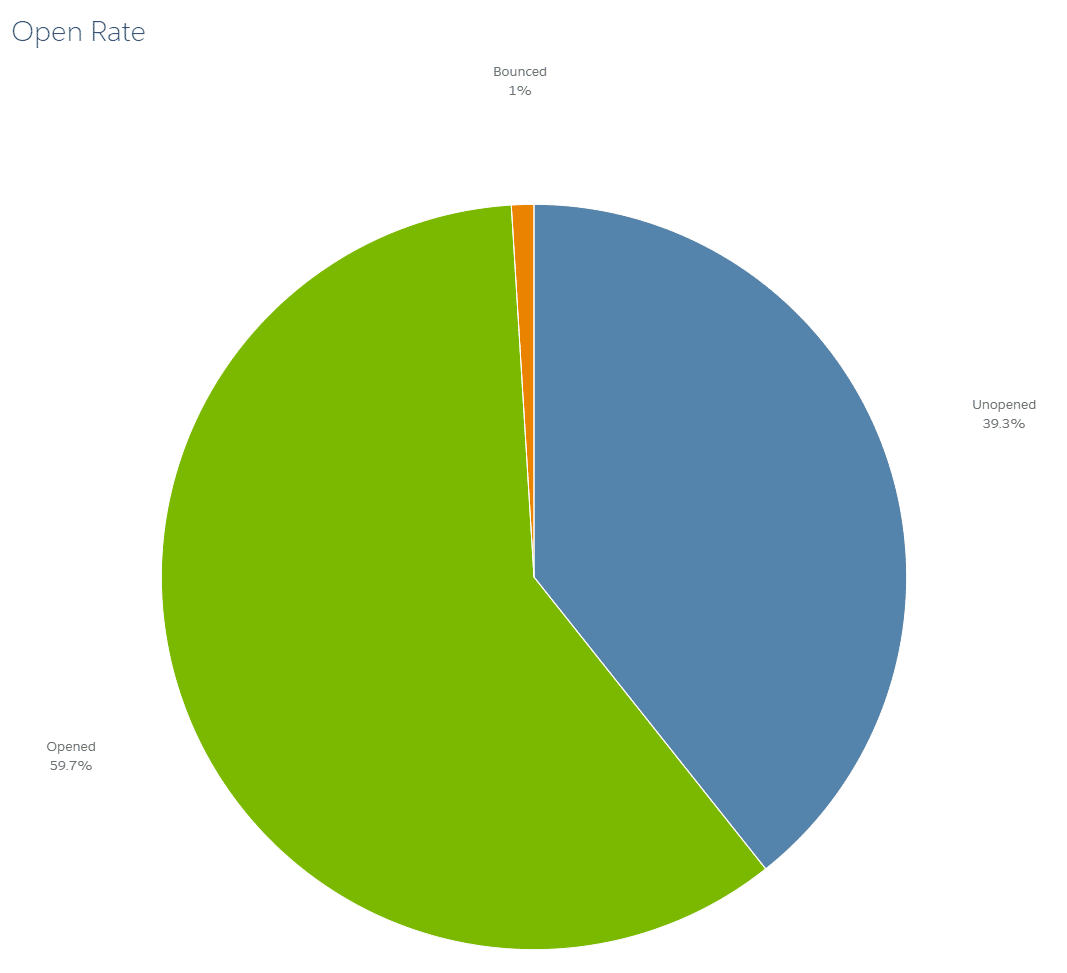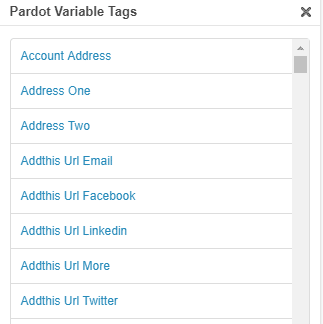This is the second blog in a two-part series that explores how to build and deploy a high-functioning Account-Based Marketing (ABM) initiative using Pardot and Salesforce.
You can read Part 1 on getting started with ABM here.
In my last post, I covered what steps your team should take to launch an effective Pardot account-based marketing (ABM) strategy. I explored who needs to be involved, how to prep your data, how to identify your target audience, and what Pardot content you’ll need in order to see results.
For the final part of this blog series, I’ll explore what it takes to actually get your new ABM initiative off the ground, including the initial marketing push, content review, and reporting.
-
The Initial Push
When preparing for your first ABM push, start small. That way, you can gauge the effectiveness of your content and strategy plans and make adjustments as needed.
For your initial push, start by segmenting a small number of accounts that you’d like to contact, which will allow you to personalize your Pardot content, a critical step I mentioned in my previous post.
After an initial send, review your results to find out what is or is not working. How are your open and click-through rates on your emails? Form conversions? Bounce rates? These are all metrics that need to be examined so you can make adjustments before scaling your ABM program.

Pro tip: Ask your sales team for feedback on the most frequently asked questions they receive from prospects. Use this information to create compelling content that answers their questions.
-
Reporting Metrics
In the last section, I covered what to do after your first, small-scale ABM push. While Pardot offers solid reporting tools, Pardot reports in Salesforce can be a big help with regard to making sense of the data. In addition to Pardot and Salesforce reporting, there are a few other tools at your disposal, including B2B Marketing Analytics (B2BMA), Salesforce’s Einstein Analytics and Pardot’s Connected Campaigns.
Depending on your edition of Pardot and when it was purchased, you may already have access to its B2BMA functionality. B2BMA allows you to combine your sales and marketing data in a single location instead of having to jump between tools. It also reveals how your marketing ROI impacts your organization’s sales revenue. Additionally, B2BMA enables you to build out customizable reporting dashboards in Salesforce, and gives you the ability to select who has access to these reports.
Salesforce’s Einstein Analytics is a robust business intelligence tool that leverages AI models, reporting dashboards and more, and allows you to clearly see business trends and marketing metrics.
Depending on when your Pardot edition was purchased, you may have access to Salesforce Connected Campaigns out of the box. Otherwise, contact your Salesforce AE to request it to be turned on. While B2BMA and Einstein Analytics are likely an additional investment for your organization, the Salesforce Connected Campaigns functionality comes free with Pardot. Using Salesforce Connected Campaigns, you can sync up your Pardot campaigns with Salesforce campaigns. This allows you to build out customizable reporting dashboards that reveal what marketing content influenced your prospects through the sales pipeline. Side Note: Another Pardot consultant here at Invado Solutions wrote an insightful blog series covering Salesforce Connected Campaigns. Check it out here.
-
Time to Scale Up
As you start to see success in your pilot ABM program, you can begin scaling to include a broader audience. As you do this, don’t forget that personalization is still very important. You may not be able to get quite as personal as your audience grows, but leveraging Pardot variable tags and Pardot dynamic content remains critical for a successful account-based marketing program.

If you haven’t explored Pardot’s Engagement Studio or your programs are still scaled down, you could be missing out on valuable engagement opportunities. Pardot allows you to build drip programs for short- and long-term situations. For example, use a Pardot form submission as a trigger for a sales rep to reach out. If he or she finds that the prospect isn’t ready to move forward, then the prospect can be added to a relevant nurture campaign to keep your organization’s brand top of mind.
Don’t Forget!
Keep in mind that maintaining sales and marketing alignment goes a long way towards a successful ABM strategy. Leveraging Pardot’s completion actions to notify sales and marketing members, using completion actions to add prospects to relevant SFDC campaigns and employing additional tools like Salesforce Connected Campaigns and B2BMA are all smart ways to keep your sales and marketing teams working in sync.
Whether you need help with marketing strategy, support in setting up Pardot, figuring out Salesforce Connected Campaigns, getting your new ABM program off the ground, or any other aspect of ABM that was mentioned in this series, Pardot consulting company Invado Solutions has the experts to help.
Beau Bassett is an Engagement Manager and Salesforce-certified Pardot Consultant for Invado Solutions.


